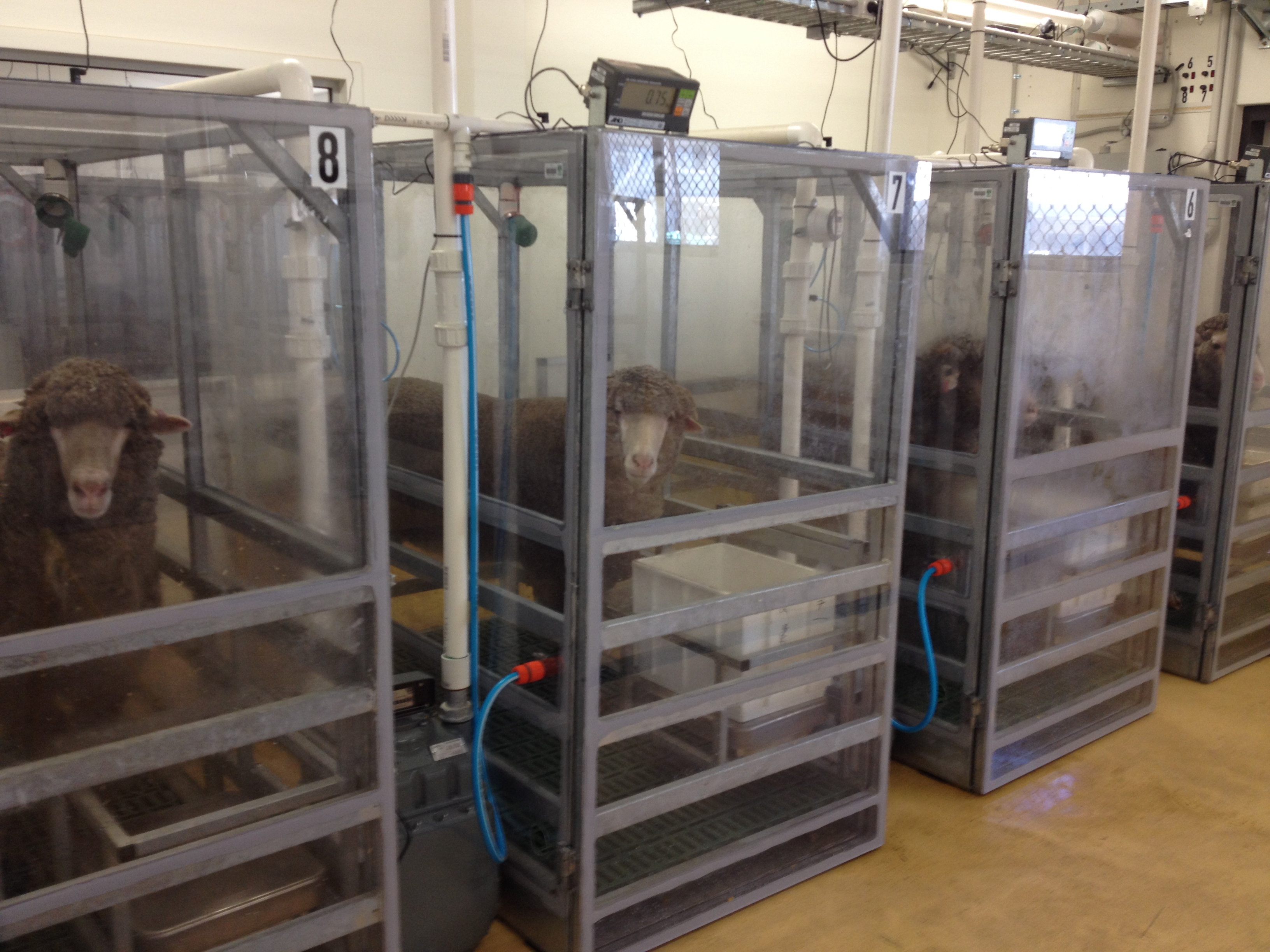CSIRO has a long history of working with the livestock sector to improve the productivity, profitability and sustainability of livestock systems.
Our livestock research team in Western Australia focuses on sheep and cattle production in mixed farming systems in Mediterranean-type and semi-arid climates. In these systems, the climate creates massive challenges with feed/nutrient gaps from late summer to winter. The team use laboratory, animal house, on-farm grazing and systems modelling approaches to optimise livestock and cropping enterprises and improve environmental outcomes.
Staff are located at the CSIRO Centre for Environment and Life Sciences, an 11-hectare multi-disciplinary campus situated in Perth. We also have our Lansdown research station near Woodstock in north Queensland's tropics that works with the tropical beef industry and the Armidale temperate sheep and beef research facility in NSW.
About the site
- Mediterranean climate with winter-dominant rainfall
- 11 hectares of nutrition facility, with field research on commercial farms across southern Australia
- rainfall 800mm at the facility in Perth, 300-700mm across research sites on commercial farms
- the Perth facility has animal houses and paddock capacity for 300 sheep
- also undertakes research on cropping systems and digital agriculture.
Research areas
- ruminant nutrition
- near infrared spectroscopy (NIRS) of forages to predict nutritional value of the Australian feedbase
- faecal NIRS to predict intake and performance
- plant secondary compounds
- voluntary feed intake methodologies
- mineral nutrition
- metabolism crates to determine in vivo digestibility in sheep
- respiration chambers to measure methane in sheep
- domestication of novel forages, such as AnamekaTM saltbush, with a focus on improved productivity, nutritional value and landscape health
- comparative feeding value of forages; meat and wool growth, health and meat quality
- grazing efficiency on cereal stubbles, native shrubs and dual-purpose crops
- filling feed gaps in mixed farming systems
- grazing systems for saline and infertile soils
- managing livestock production in a variable climate
- whole-farm systems modelling
- remote sensing of pasture growth rates.
CSIRO has a long history of working with the livestock sector to improve the productivity, profitability and sustainability of livestock systems.
Our livestock research team in Western Australia focuses on sheep and cattle production in mixed farming systems in Mediterranean-type and semi-arid climates. In these systems, the climate creates massive challenges with feed/nutrient gaps from late summer to winter. The team use laboratory, animal house, on-farm grazing and systems modelling approaches to optimise livestock and cropping enterprises and improve environmental outcomes.
Staff are located at the CSIRO Centre for Environment and Life Sciences, an 11-hectare multi-disciplinary campus situated in Perth. We also have our Lansdown research station near Woodstock in north Queensland's tropics that works with the tropical beef industry and the Armidale temperate sheep and beef research facility in NSW.
About the site
- Mediterranean climate with winter-dominant rainfall
- 11 hectares of nutrition facility, with field research on commercial farms across southern Australia
- rainfall 800mm at the facility in Perth, 300-700mm across research sites on commercial farms
- the Perth facility has animal houses and paddock capacity for 300 sheep
- also undertakes research on cropping systems and digital agriculture.
Research areas
- ruminant nutrition
- near infrared spectroscopy (NIRS) of forages to predict nutritional value of the Australian feedbase
- faecal NIRS to predict intake and performance
- plant secondary compounds
- voluntary feed intake methodologies
- mineral nutrition
- metabolism crates to determine in vivo digestibility in sheep
- respiration chambers to measure methane in sheep
- domestication of novel forages, such as AnamekaTM saltbush, with a focus on improved productivity, nutritional value and landscape health
- comparative feeding value of forages; meat and wool growth, health and meat quality
- grazing efficiency on cereal stubbles, native shrubs and dual-purpose crops
- filling feed gaps in mixed farming systems
- grazing systems for saline and infertile soils
- managing livestock production in a variable climate
- whole-farm systems modelling
- remote sensing of pasture growth rates.

